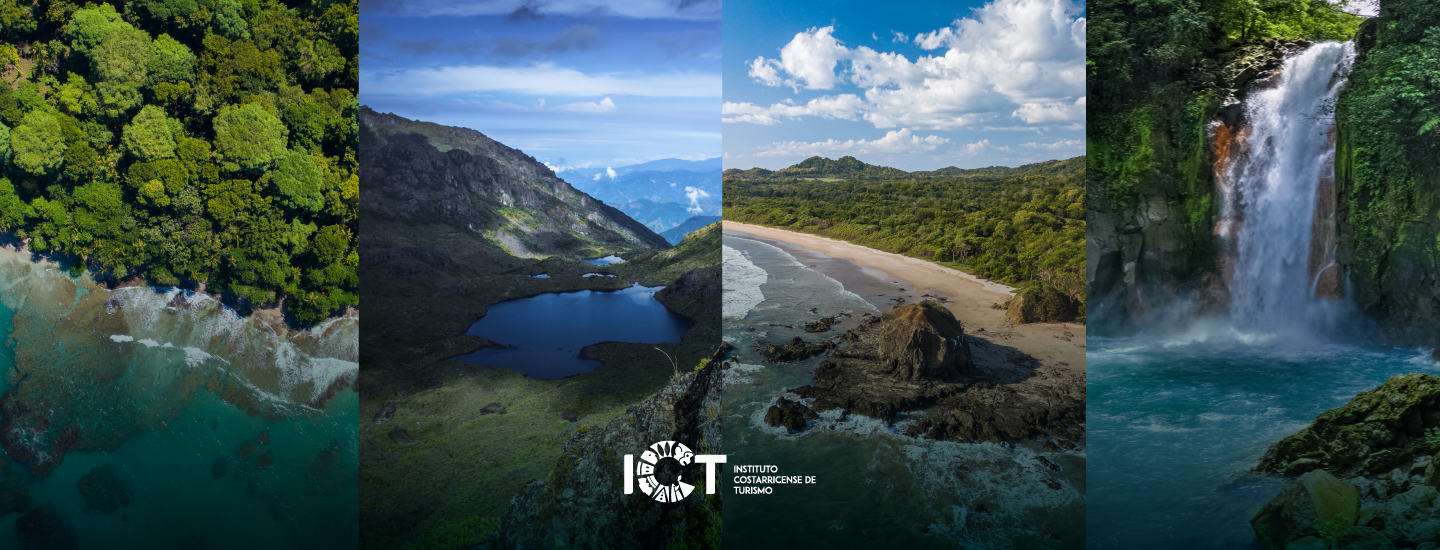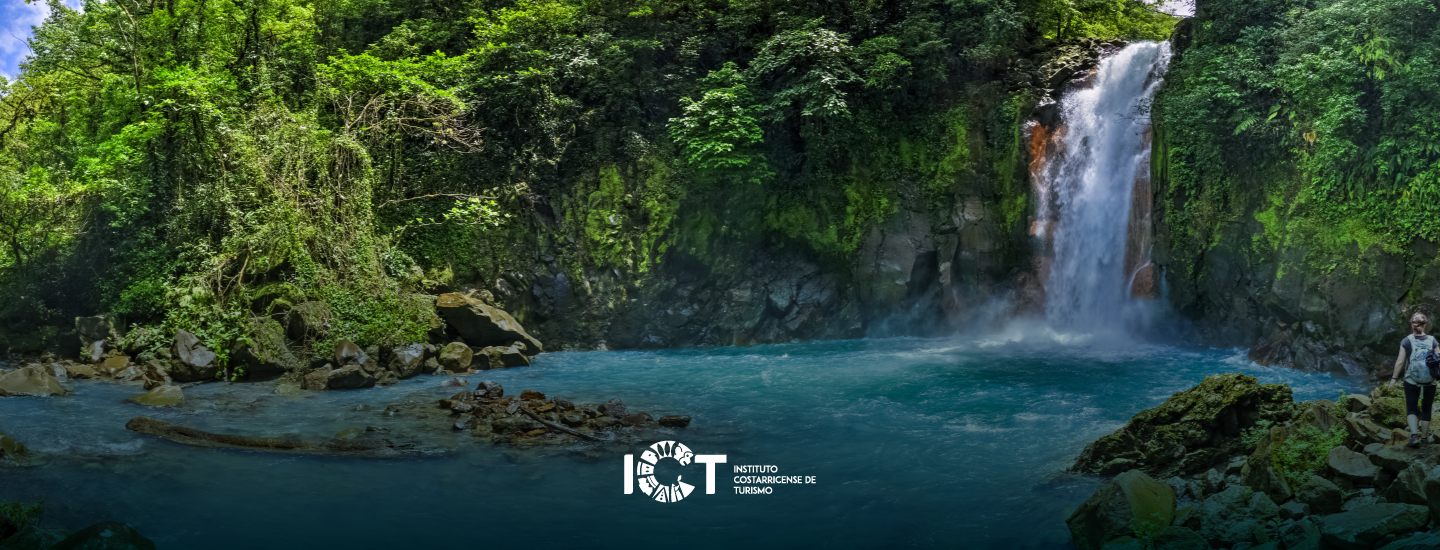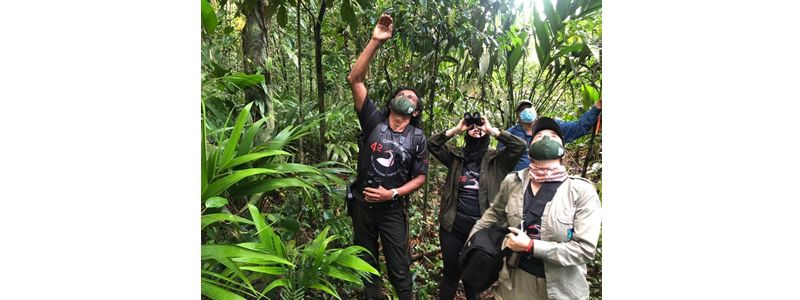Tortuguero records a record 186 species in its fourth bird survey
- The fourth bird survey was held this weekend in Tortuguero National Park with an official record of 186 species, surpassing the 149 species recorded in a previous survey.
Sunday, January 31, 2021 - From whichever angle you look at it, Tortuguero is a majestic, imposing place. Its wealth of biodiversity makes it one of Costa Rica’s most impressive locales: tours of the canals and other areas offer a chance to view a wide variety of bird species.
This weekend, a precise count of the bird species was held in the fourth annual bird survey. A group of approximately 70 people were given the task of making observations along nine aquatic and land routes.
The team of scientists, guides, volunteers and birding experts aimed to count as many species as possible in a systematized manner, beginning at 5 a.m. on Saturday.
The results obtained included a historical record of 186 migratory and native species, over 35 more than had been recorded in previous surveys. The preliminary findings included the identification of the red-throated and tanager, the first record of the species in Tortuguero.
According to Manuel Campbell, coordinator of this year’s survey and a ranger in Tortuguero National Park, significant improvements in logistics allowed for a record number of birds to be counted. “We achieved a significant increase in over surveys in recent years, and we certainly take pride in these findings as a reflection of the biodiversity present in Tortuguero,” the expert concluded.
Birdwatching strengthens as niche
“For the Costa Rican Tourism Board, it is important to support these initiatives because it is one of our main pillars that include research, protection and development of birdwatching tourism. This year, as part of the activities of World Wetlands Day, which is celebrated every February 2, the fourth bird survey was held in Tortuguero with remarkable success. A new record of 186 species were registered, which helps the monitoring of birds in this spectacular habitat,” said Rafael Soto, coordinator of the National Bird Route Program of the ICT.
This survey is a note of optimism for scientists and experts nature and birdwatching tourism. The Northwestern Caribbean Wetland (where Tortuguero is located) is recognized under the Ramsar Convention for its significant ecological value.
According to ICT data, Costa Rica is home to over 900 species of birds which have been recorded in various tourist regions and observation sites. Birdwatching tourism represents a constantly growing niche that provides travelers with unique experiences observing a variety of species without having to travel long distances.









